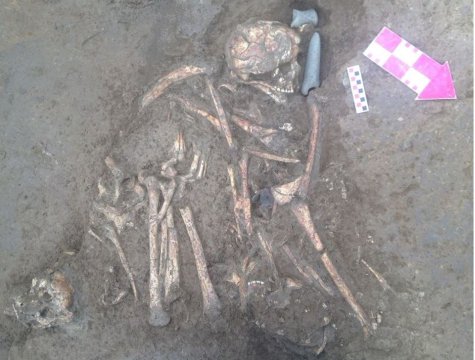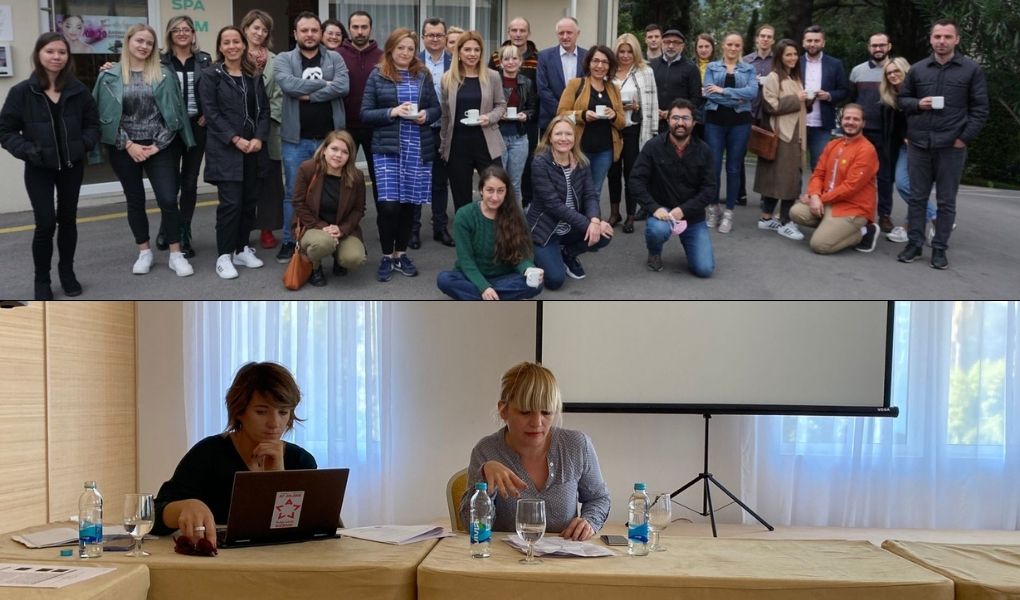Click to read the article in Turkish
In August 2017, skeletons in fetus position and urn graves were found in archaeological excavations that were carried out during construction works for a subway line between Beşiktaş-Mecidiyeköy provinces of İstanbul.

Following the discovery, claims spread quickly, that the graves could actually go back to the Neolithic Era (beginning about 15,200 BC and ending between 4500 and 2000 BC). This was also interpreted as the presence of Turks in Anatolia actually dated 3,500 years back in history.
The current concern regarding the excavation is whether the excavation site is protected effectively while winter draws on and whether the ongoing subway construction works will damage the findings.
To get more insight to the findings of the excavation and the latest status, we talked to Assoc. Prof Necmi Karul, a faculty member of the İstanbul University Archeology Department and chief of many excavation groups.
Along with some information regarding the meaning of the findings in historical terms, Karul also warned against possible misinterpretations of the findings and the intentions behind these. Some concerns Karun has pointed out, are:
"Findings might date back to Bronze Age rather than Neolithic Era"
 Karul argued that the urn-type graves that were found in the cemetery did not belong to the Neolithic Era as presented in the media.
Karul argued that the urn-type graves that were found in the cemetery did not belong to the Neolithic Era as presented in the media.
Reminding that besides urn graves, there were also other types of graves found in the cemetery, Karun warned that it would not be correct to relate them Turks or to any other community.
"Besides, the many graves that were build on top of each other, indicate that this place had been used for a longer period and therefore could be linked to a small settlement that is not far away from here", he added.
"Purpose should not be to ascribe identities"
Karun warned that the findings should not be interpreted with the purpose to ascribe identities to any community or to create an impression that a location is older that it actually is.
"Most importantly, this has opened a new page for İstanbul that we barely know about", Karun said and reminded that this discovery should be considered as an enrichment for the urban identity.
* Urn graves: In many civilizations, after death, corpses are cremated, and the ashes are collected and put in an urn. The Urnfield culture (c. 1300 BC – 750 BC), a late Bronze Age culture of central Europe, takes its name from its large cemeteries of urn burials.
(PT/DG)




.jpg)





.jpg)